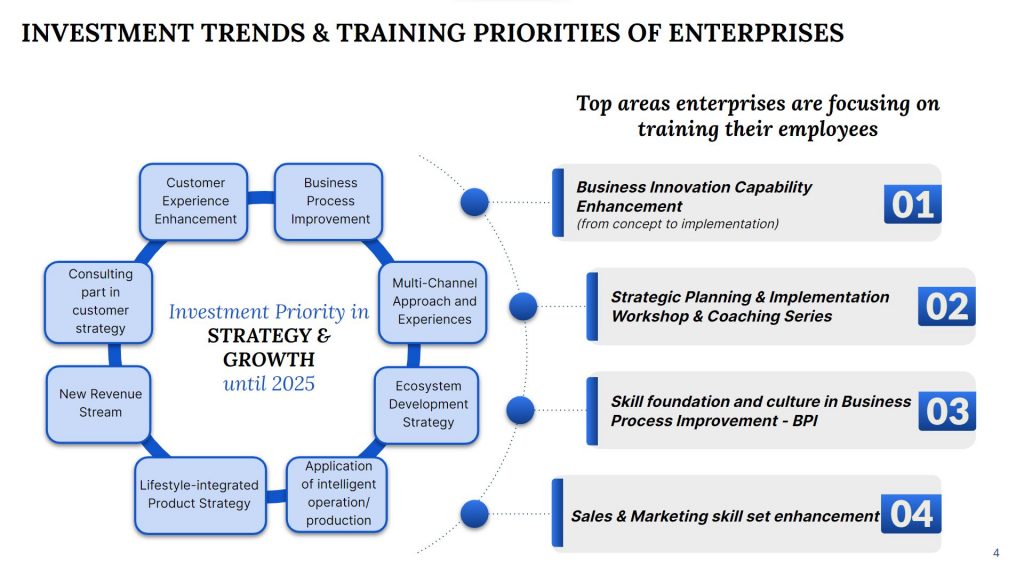Connection is an important place to start for organizations seeking to increase their power to change. How communication, change agents are also critical factors for managing change today.
The article originally appeared on Forbes.com
In the early months of the global pandemic, working from home and starved for physical interaction, employees at multinational companies around the world reported something surprising: increased job satisfaction, as measured by employee Net Promoter Score. As Zoom transported them into the living rooms of bosses, clients, and colleagues, employees felt more connected. They bonded over the surprise appearance of pets and children. They empathized with one another. The effect was most dramatic in China, where 46% of employees surveyed between late April and May of 2020 reported increased satisfaction, but the trend was notable in the US and across European economies as well.
The more connected employees feel, the stronger their company performs. Many research has found that most organizations on the whole fail to adequately address their people’s need to be heard, informed, and connected during times of transition. Only 22% of frontline employees report feeling connected to others. So building connection is important, can we improve that in today’s hybrid and uncertain environment?
Let’s see 3 options to choose below!
1. Building connection through omnichannel communication cascades
An old idea now enjoying renewed life, communication cascades aim to quickly get critical information to the staff closest to customers in order to help them make better informed decisions. First, management makes sure the company’s strategic priorities are well understood, including what makes them priorities and what benefit they will bring to individual staffers.

To really involve people at all levels and get the messages through, an omnichannel approach is critical, utilizing not only one-way channels like company social media platforms, town hall meetings, video broadcasts, and newsletters, but also in two-way dialogue. Everyone should hear from a trusted supervisor and be given the chance to ask questions and share their thoughts. A cascade that leaves employees feeling heard, valued, and included has a strong chance of unlocking the discretionary energy and creativity of employees.
2. Building connection – Networks of change agents
Another way to build connection in business is creating a Networks of change agents. The notion of creating some kind of network of ambassadors to help support organizational change is also a classic. Recently, the power of networks has only grown, to the point where it can even eclipse traditional management hierarchies for creating a feeling of connection during periods of change. Digital tools can improve our ability to identify and mobilize corporate networks. Tracking patterns in email and meetings is one form of workforce analytics that can show how connected a given employee is.

There are also more direct collaboration tools, like OrgMapper, that specifically track influencers in an organization. Additional collaboration platforms such as Trello, Slack, and Microsoft Teams can then help these networkers communicate quickly and effectively across geographic boundaries.
3. Make employees a valuable asset to your business
Many a traditional communication plan has gone straight from the boardroom to the front line, disenfranchising middle managers just when they are most needed. Smartly engaging key influencers in this stratum of management can accelerate change. In Japan’s traditional, lifetime employment model, for example, the middle has tremendous power. I moved to Tokyo recently and not long after had the opportunity to meet with a senior executive of a large Japanese company. During our conversation, he lamented senior management frustration with what he described as a clay layer in the organization, through which it was nearly impossible to push any meaningful change. Unable to go around these midlevel employees, or fire them, management has to work with them. A first step in converting these workers from liability to asset: engaging them and giving them a meaningful stake in creating a cultural transformation of the business.

Finding the influencers and empowering them, helping them become better, more committed change leaders by sharpening their capabilities with coaching and training, helps build connection and improves the chances change will truly take hold. It makes these influencers part of the solution.

For organizations seeking to increase their power to change, building connectivity is an important place to start. Two-way omnichannel communication that cultivates networks of change agents, particularly in the critical middle, will help. In today’s fast-changing work environment, connection and changeability are more essential than ever.
Source: Forbes.
>> Do you want to read all this Article? Subscribe to Our Newsletter so as not to miss this roundup of our newest and most distinctive insights.





